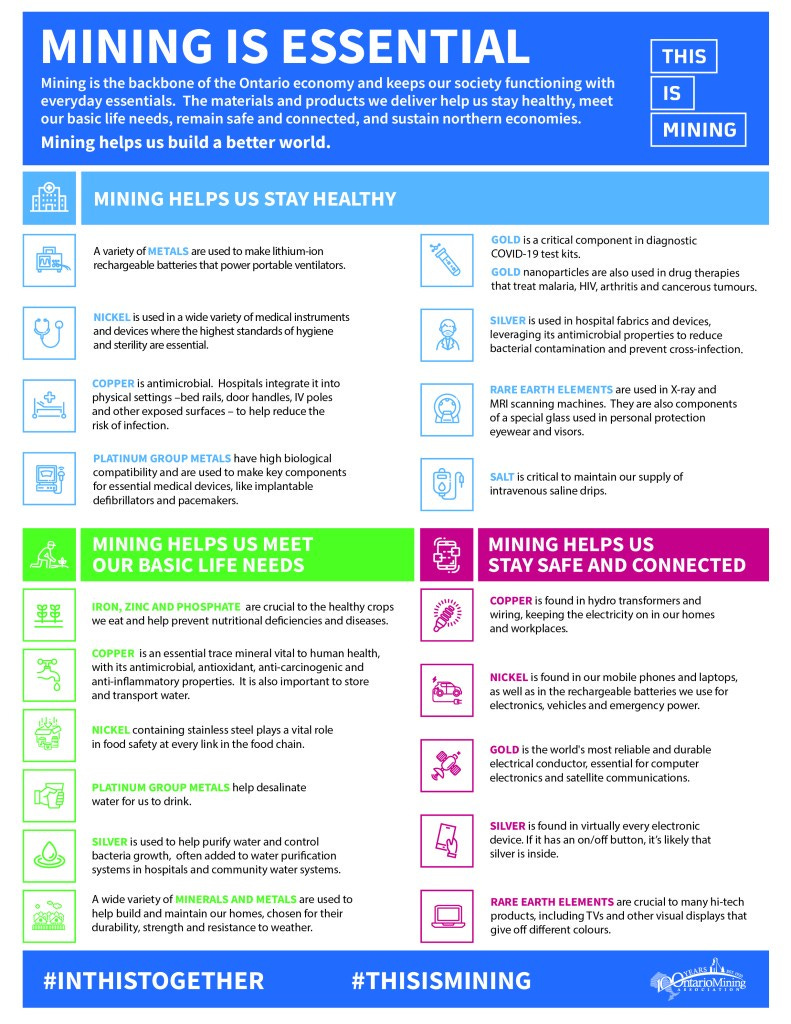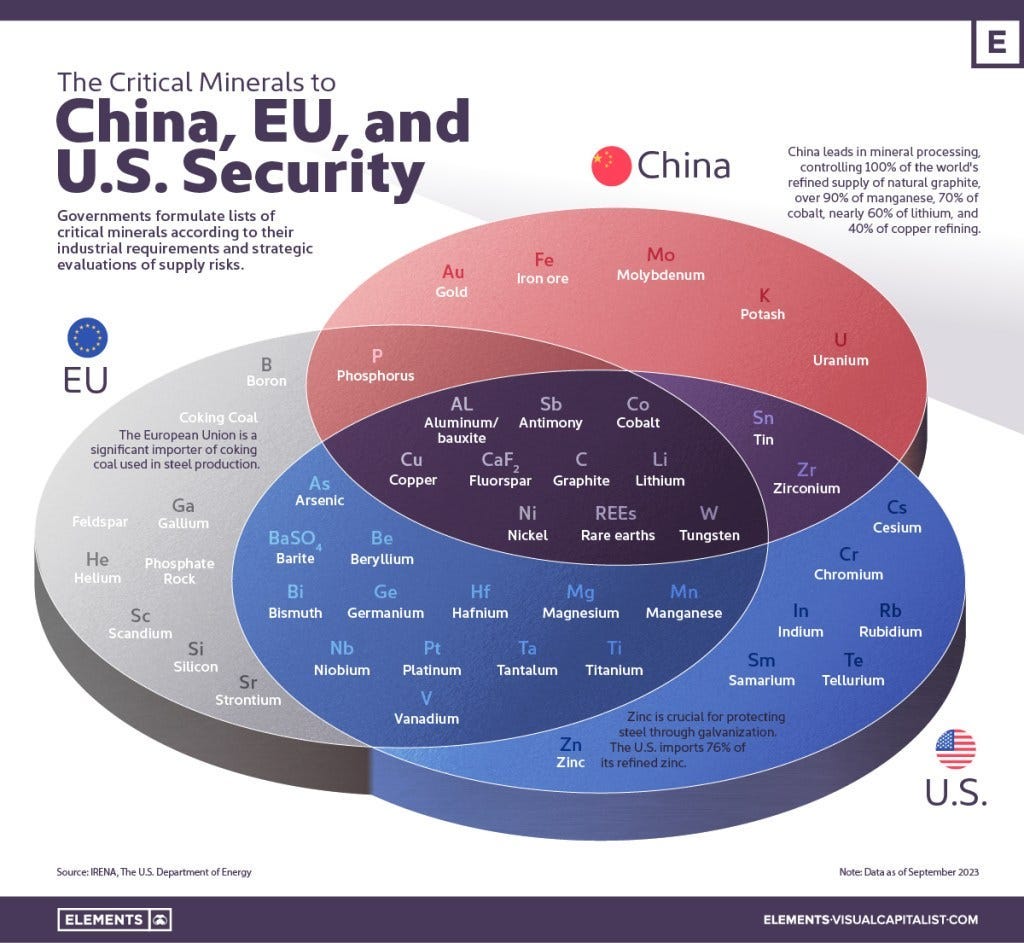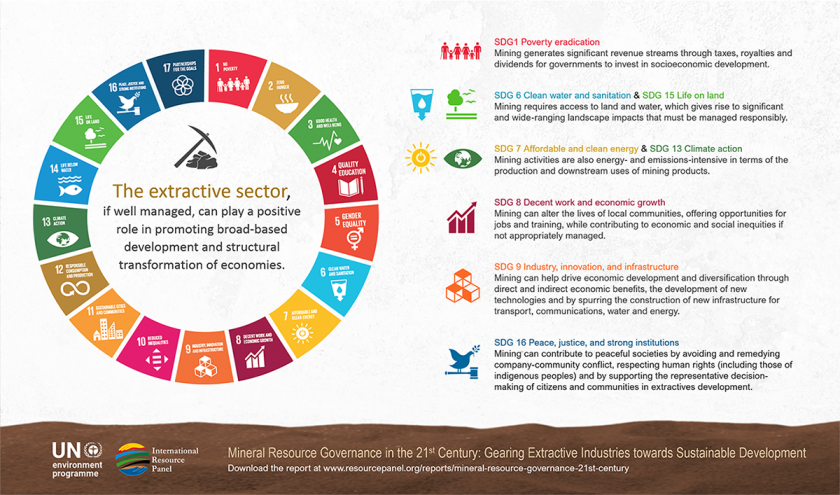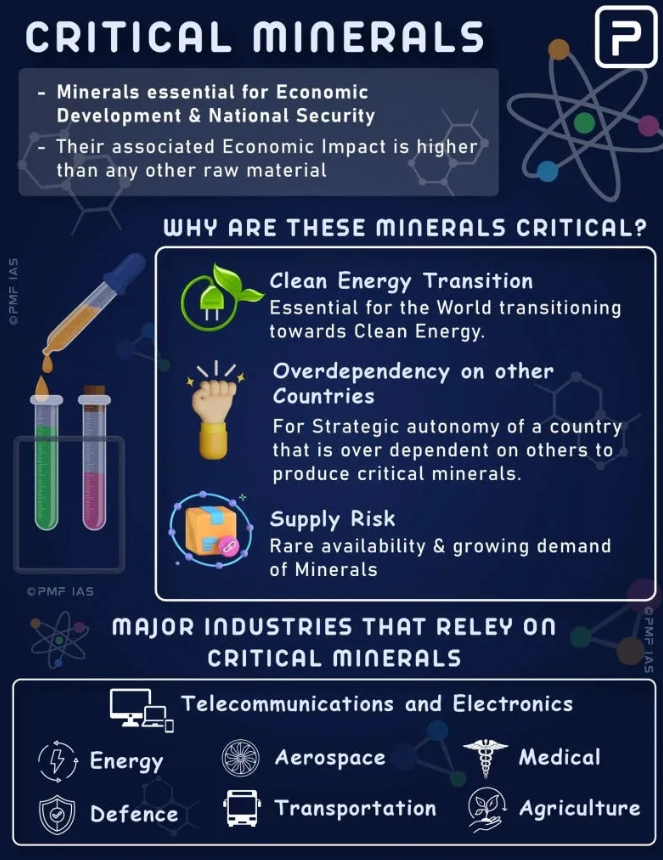The global dash to green energy is not so green after all. We are uncovering the geopolitics and dark sides of the renewable energy transition while countries race to become the next Green powers.
The world is at a critical juncture, urgently needing to combat climate change—a reality that many experts now label a climate emergency. Countries are racing to transition from fossil fuels to renewable energy sources—like solar, wind, and hydroelectric power—because this shift is more urgent than ever. While Big Oil advocates are still aggressive about their ‘drill-baby-drill’ campaigns, there is a hidden race to be the next Green Superpower (especially with nuclear at the hinge).
The Global Commitment to Renewables
Consequently, COP29 discussions underlined the pressing need to accelerate our transition to renewables—committing to enhance international collaboration for technology sharing and financial support for developing countries. Even with the United States (US) pulling out of the Paris Agreement and the Just Energy Transition Partnerships (JETP), the world is contingent on the US to address climate change, believe COP30 delegates!
The Essential Role of Critical Minerals
Minerals like cobalt, lithium, titanium, and Rare Earth Elements (REE) are indispensable for our decarbonisation efforts and sectors like telecommunications, defence, and high-tech electronics.
With global demand for these minerals surging, geopolitical tensions are intensifying—specifically among major powers such as the US, China, and Russia, each vying for unrivalled dominance.
Geopolitical Struggles and Recent Developments
Meanwhile, the ongoing conflict between Russia and Ukraine has further complicated this landscape. Ukraine has significant lithium and titanium—the US, EU, and Russia are trying to bag that. NATO sanctioned Russian entities (involved in mineral trade) heavily while increasing Ukraine’s mining capabilities all this time—the world citizens paying taxes to fund wars are also funding all the drilling and mining extravaganza! These trade and war dynamics have reshaped geopolitical relationships and given rise to new economic dependencies.
Source – PMF IAS
China’s Strategic Moves
However, about 20,000 tonnes of REEs are mined illicitly and exported from unauthorized sites in China, lacking oversight and regulation. This issue has sparked concerns over unethical mining operations, labour abuses, environmental harm, and human rights violations has intensified international scrutiny—a major topic of discussion during COP29, while conveniently overlooking the US, UK, Australian, European and Canadian companies and investors.

Source: Ontario Mining Association
Supply Chain Vulnerabilities and Global Strategy
Building resilient supply chains and becoming self-sustainable as much as possible (like in the case of the US—more of a ‘drill at home but also grill others for oil and minerals’ kind of a scene here) has now become top priority for major economies.
As expected international partnerships, diplomatic and not-so-diplomatic negotiations are taking centre stages while the world is rife with trade disputes and conflicts—like in Democratic Republic of Congo (DRC)—as it becomes costlier and challenging to acquire such REEs, spawning social and environmental equity crises and unrest. Just so you know, DRC supplies 60% of the world’s Cobalt, with reports telling us children as young as seven work in unregulated, dangerous mines while exposed to lethal cobalt dust, facing perils like tunnel collapses and relying on contaminated food and water sources!

Source –Elements
The Complexities and Humanitarian concerns of Decarbonisation
The unintended consequences of ramping up mining activities pose insurmountable risks to indigenous communities—where resource extraction can devastate ancestral lands and violate community rights. Remember the tragic Brumadinho iron-ore tailings dam collapse in Brazil in 2019, which claimed 272 lives—a stark reminder of the catastrophic potential linked to mining operations. And the desecration of sacred sites, such as Australia’s Juukan Gorge, disrupts communities that have thrived in these regions for millennia.
Exposure to injuries and long-term health conditions like silicosis, pneumoconiosis, and various forms of cancer persist in the mining industry with no protective gear or equipment for labourers (even children).
Not just people but entire ecosystems are at risk! The World Wildlife Fund (WWF) has reported habitat fragmentation due to infrastructure development, a dramatic decline of species (the Indochinese tigers), and threats to species (like the Amazon Basin’s Tucuxi River dolphins).
While we are championing renewable energy as a sustainable and low-carbon solution, we are not looking at the social costs of carbon. Take gadgets, hardware, software, AI, IoT, solar and nuclear energy equipment—energy-guzzling data centres, water insecurity, land abuse, displacement of Indigenous folks with their land rights stripped, inhumane working conditions, child labour, exposure to toxic and hazardous waste cause genetic deformities, disabilities—affect several generations of people. The alarming lack of corporate accountability, negligence, inadequate safety measures, and grievance mechanisms destroy communities daily.

Source: UNEP
Climate Change is affecting the front lines RIGHT NOW—the disadvantaged people (like the mining labourers) who do not have a safe ground or shelter (or a Doomsday Bunker should an apocalypse occur)!
The irony is that REEs and critical minerals are often nonrenewable and scarce resources that are being extracted to the limit to make CIRCULAR and RENEWABLE products.
We, the customers that purchase/use green tech, now have dirty hands. That is the social price we are paying to green and electrify everything while we are living in a Polycrisis—where climate change, pollution, economic instability, geopolitical conflicts, and biodiversity loss are amplifying each other and threatening us and the planet.
While our climate goals are ambitious, we must balance our demand for critical minerals with ethical and sustainable mining practices, corporate accountability and respect for community rights—while navigating the geopolitical chaos!
Sources:
The Dark Side of Renewable Energy: Environmental and Social Challenges in Critical Mineral Mining
Hidden Costs of Going Green- the Issues with Ethical Energy Transition
Source link : View Article
Author
-

Deepa Sai is an entrepreneur and consultant managing a couple of ventures in the Sustainability, Climate, Deep tech, Emerging Tech, Venture Building, Startup Advisory, and Impact Investment sectors. She has a background in Psychology, Social Work, Human Resources, Marketing, Branding, Thought Leadership, Communications, and Consulting.



